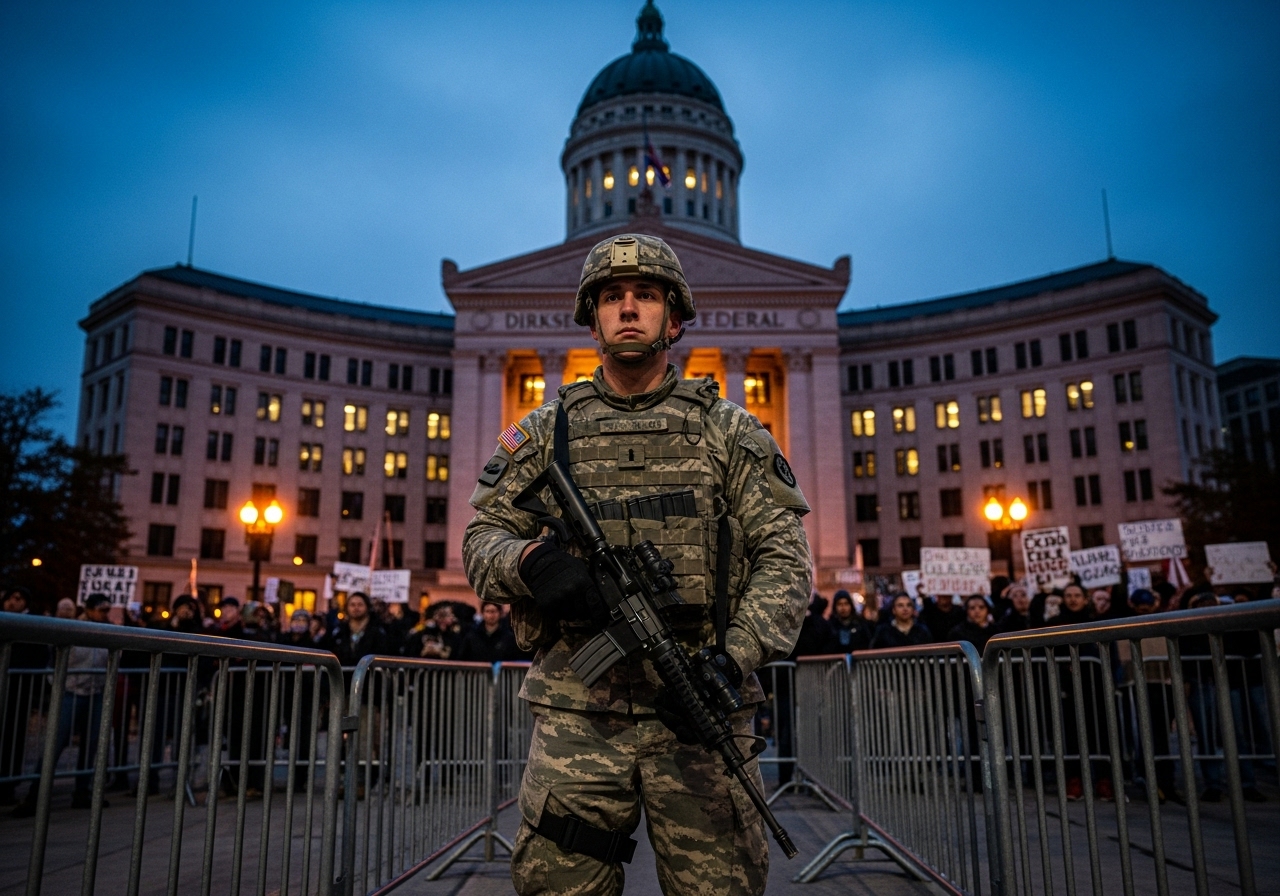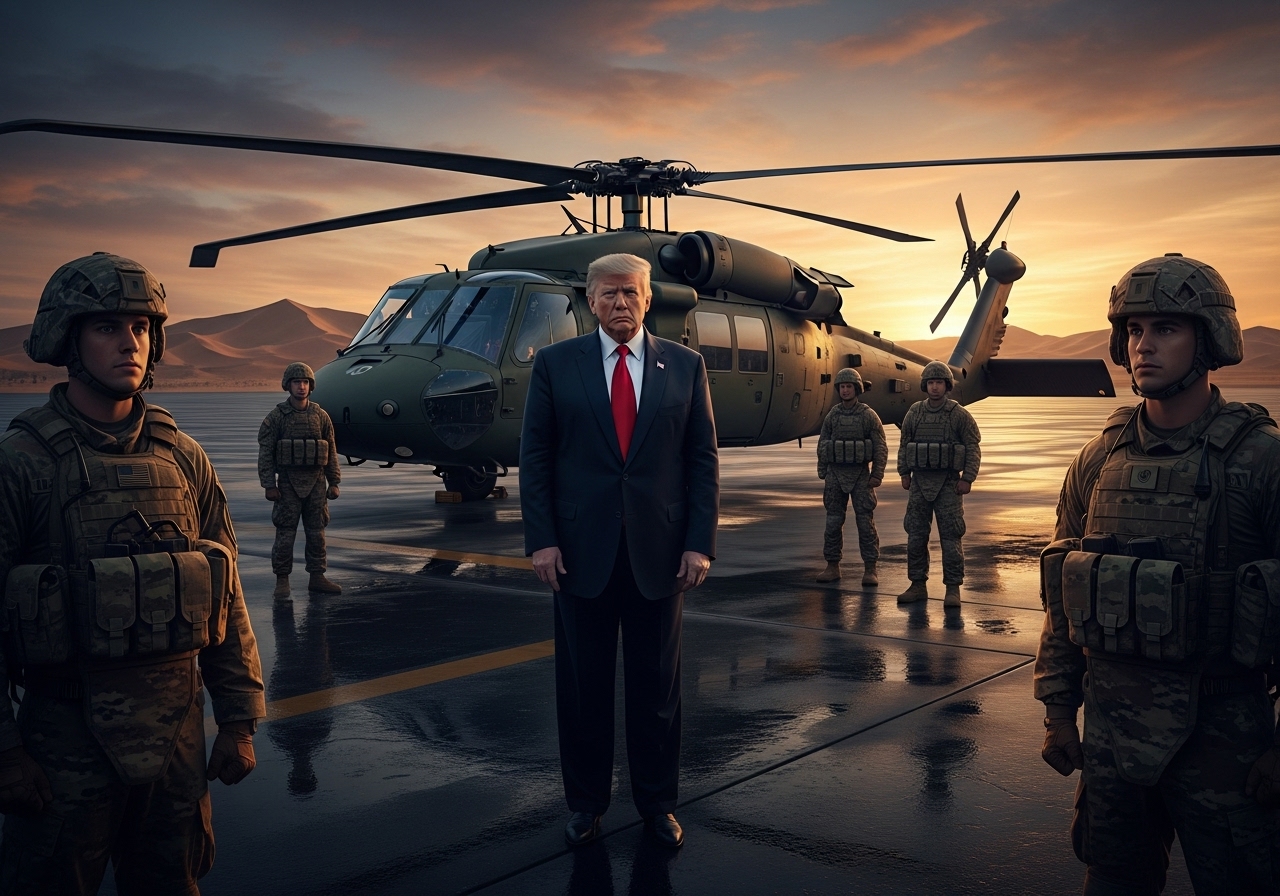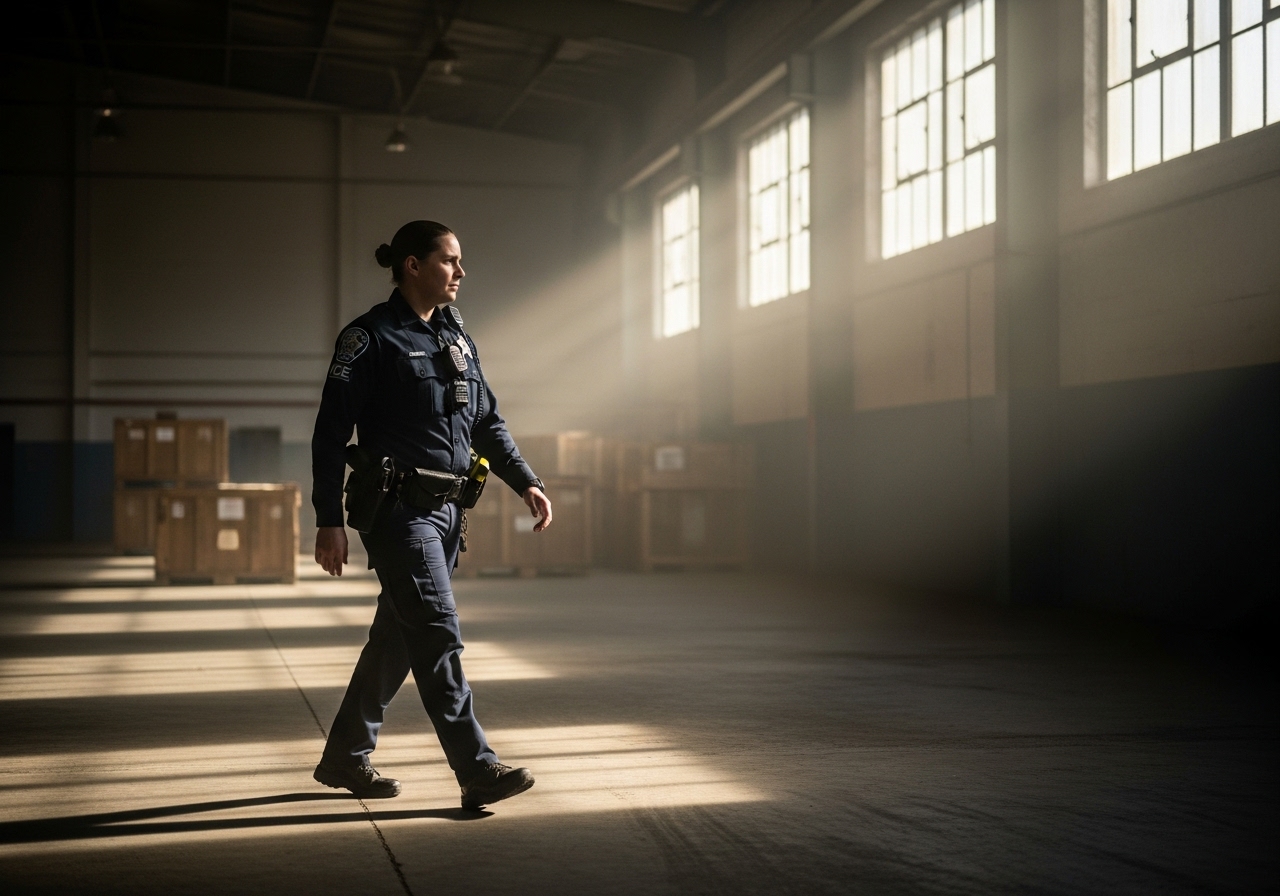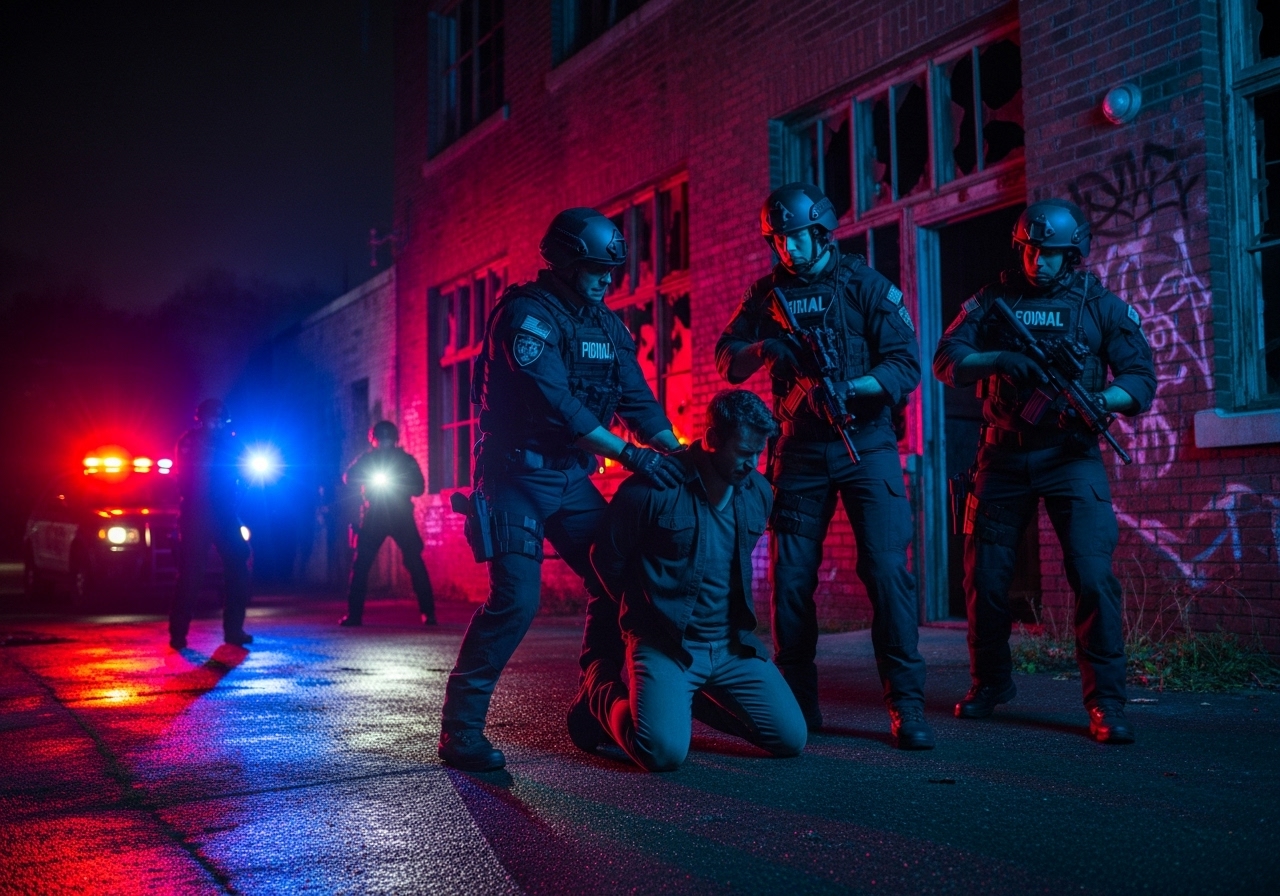A federal appeals court has blocked President Trump from sending National Guard troops into Chicago. This is part of an ongoing legal battle over how and when the president can use the Guard to keep the peace and protect federal operations. As someone who served in uniform and understands what it means to answer the call, this decision raises serious questions—not just about law, but about leadership, security, and common sense.
Let’s break it down. Over the past few months, President Trump has been dealing with chaos around the country. In cities like Chicago, Portland, and Los Angeles, there have been protests and unrest, especially near immigration enforcement centers. The Department of Homeland Security and ICE have been working non-stop under a Trump-led crackdown on illegal immigration. They’ve been arresting and deporting thousands. But some of these efforts have sparked backlash from the usual suspects—activists, leftist politicians, and even local governments.
In response, President Trump tried to send in the National Guard to help law enforcement and protect federal agents and buildings. A lot of people don’t realize this, but the president has the power to federalize the National Guard when national interests are at stake. In this case, federal law enforcement was being threatened. Trump did what any strong leader would do—he acted to protect them.
But now, a three-judge panel from the U.S. Court of Appeals for the Seventh Circuit has told him no. They said the situation in Chicago didn’t rise to the level that justified using the Guard. They claimed the facts didn’t support the president’s actions. According to them, the protests were under control, there weren’t large enough crowds, and the local cops had things handled. They even pointed to press releases from DHS and ICE that said things were going smoothly.
That’s where the court lost me.
Let’s be clear—those press releases were made to show success in spite of the protests, not to deny the danger. Just because our agents are doing their jobs doesn’t mean they aren’t under threat. That’s like telling a soldier, “You’re still standing, so you must not need backup.” That’s not how it works in the real world. When you’re under pressure, you reinforce. You don’t wait until things fall apart before you act.
The court’s logic is backwards. They’re saying because our people are succeeding, they don’t need help. That’s not leadership—it’s Monday-morning quarterbacking from the bench.
It’s also worth noting the makeup of the panel. One judge was appointed by Trump, one by George H.W. Bush, and one by Obama. That mix should make it neutral, but we’ve seen time and time again how even so-called conservative judges end up bowing to political pressure. This wasn’t a decision based on facts or safety. It was a decision to kneecap Trump and stop him from taking action.
Meanwhile, other courts are giving the green light. In Los Angeles, the federal court allowed the Guard to stay and protect federal property. That’s a smart move. In Portland, the situation is more complicated, but it’s still being fought in the courts.
This is about more than one city. It’s about the president’s ability to respond when federal agents are under threat. If we’re going to tie his hands every time left-wing activists throw a tantrum, then we’re not a nation under law—we’re a nation under mob rule.
President Trump still has options. He can take this to the Supreme Court. And he should. Because the safety of our law enforcement, our federal buildings, and even our borders depends on our ability to act fast and act with strength. As a veteran, I’ve seen what happens when you wait too long to send in support. It never ends well.
The Guard isn’t a political tool. It’s a force made up of patriots ready to defend this country. Let them do their job. Let the president do his. And let’s stop pretending that chaos in our cities is just business as usual.





